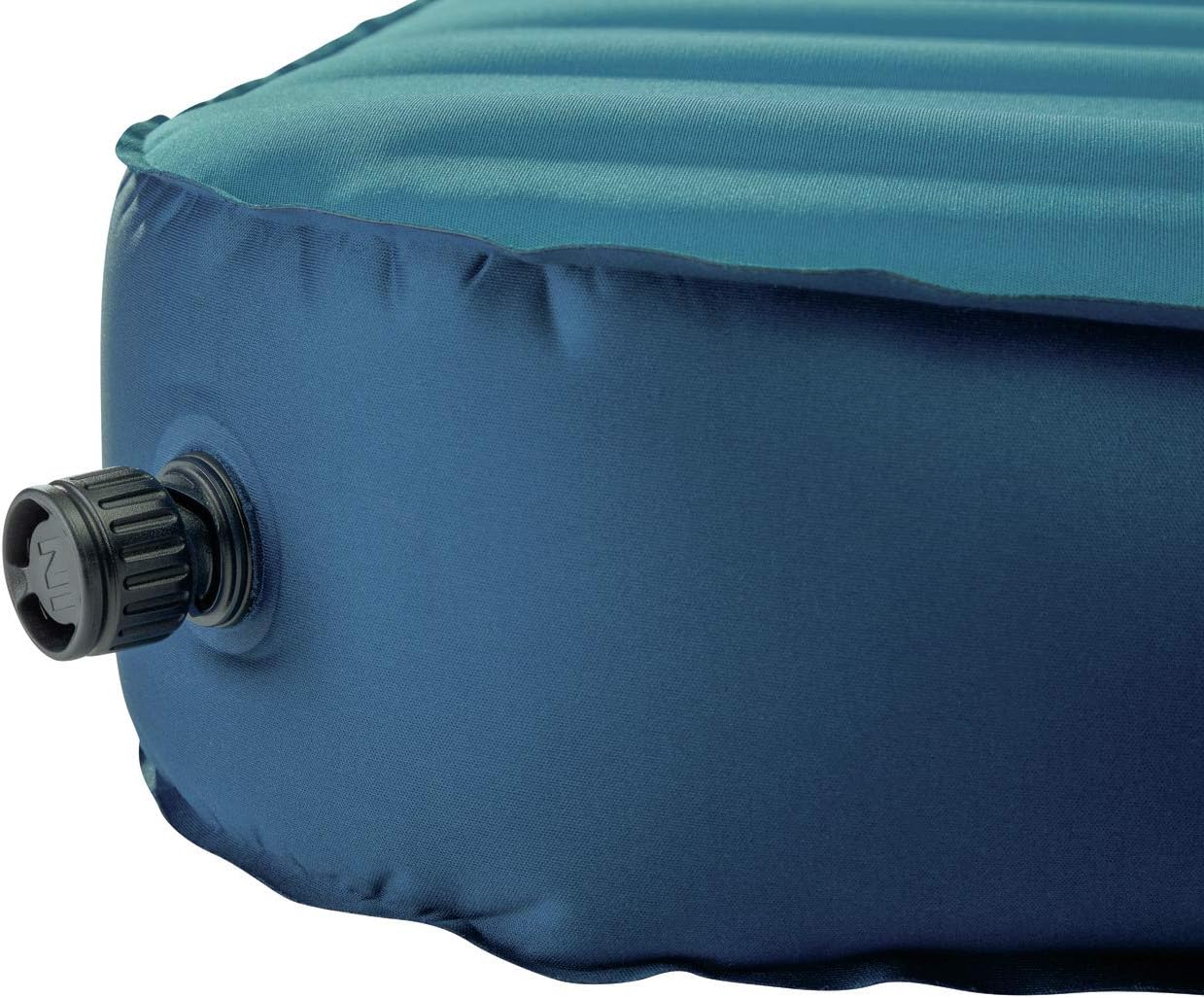<script type="text/javascript" src="http://classic.avantlink.com/affiliate_app_confirm.php?mode=js&authResponse=c4e13e1b9b5acdedad16d533a16f7bf0c234d607"></script>
<script type="text/javascript" src="http://classic.avantlink.com/affiliate_app_confirm.php?mode=js&authResponse=c4e13e1b9b5acdedad16d533a16f7bf0c234d607"></script>

A good sleeping pad is an essential part of any camping or backpacking setup, but nothing ruins a trip faster than waking up on the cold, hard ground due to an air leak. Proper care and maintenance can prevent air leaks, improve durability, and extend the lifespan of your sleeping pad.
In this guide, we’ll cover how to prevent air leaks and extend your sleeping pad’s lifespan; how to prevent punctures, store your sleeping pad correctly, and repair leaks when they happen. If you’re looking for top-rated sleeping pads, check out our Best Sleeping Pads of 2025 for expert recommendations.
The most common cause of sleeping pad leaks is sharp objects or rough surfaces.
🔹 Best for preventing punctures: A foam pad under your inflatable sleeping pad adds extra protection.
👉 Pairs well with: Best Foam Sleeping Pads for added durability.
Overinflating your sleeping pad can stress the seams, while improper deflation can lead to folding damage.
Use a pump sack instead of blowing air into the pad (prevents moisture buildup inside).
Inflate only until firm but slightly soft—too much air pressure increases strain.
In cold weather, slightly underinflate as air contracts in lower temperatures.
🔹 Best for pad longevity: Avoid overinflating, and always use a pump sack to reduce moisture inside.
Dirt, body oils, and exposure to harsh elements can break down materials over time.
🔹 Best for durability: Regular cleaning prevents material breakdown and extends lifespan.
Incorrect storage can weaken the materials and cause leaks over time.
🔹 Best for self-inflating pads: Store unrolled with the valve open to maintain foam integrity.
Even with proper care, sleeping pads may still develop leaks. Checking for and repairing leaks early prevents further damage.
Use a repair patch kit (most sleeping pads come with one).
Clean and dry the area before applying the patch.
For slow leaks at the valve, ensure the seal is tight and undamaged.
🔹 Best for emergency repairs: Always carry a small sleeping pad patch kit while camping.
👉 Pairs well with: Best Lightweight Sleeping Pads for ultralight backpackers.
Avoid these common mistakes to ensure your sleeping pad lasts for years:
Overinflating the pad too much.
Packing the pad while damp.
Leaving the pad in direct sunlight for long periods.
Not checking for leaks before a trip.
🔹 Best for long-term use: Store your sleeping pad properly and check for leaks regularly.
How long should a sleeping pad last?
How do I stop my sleeping pad from sliding around in my tent?
Can I store my sleeping pad rolled up?
What’s the best way to repair a sleeping pad puncture?
A well-maintained sleeping pad can last for many seasons of camping and backpacking.
Looking for a high-quality sleeping pad? Check out our Best Sleeping Pads of 2025 for expert picks!